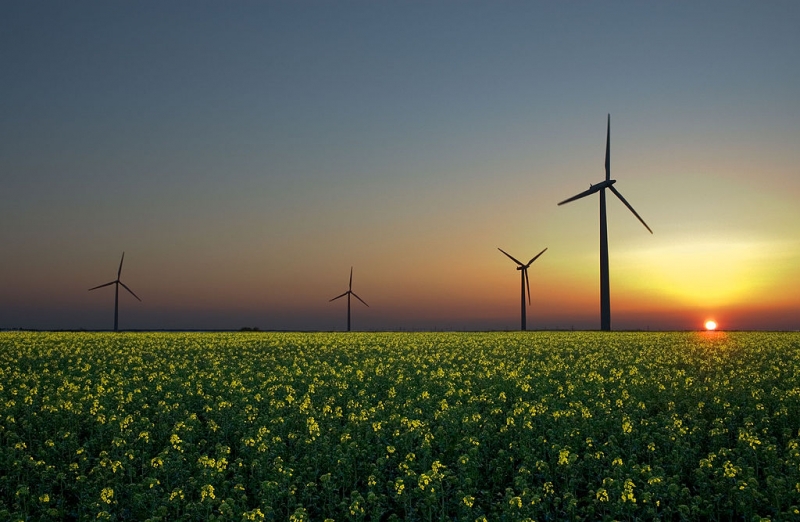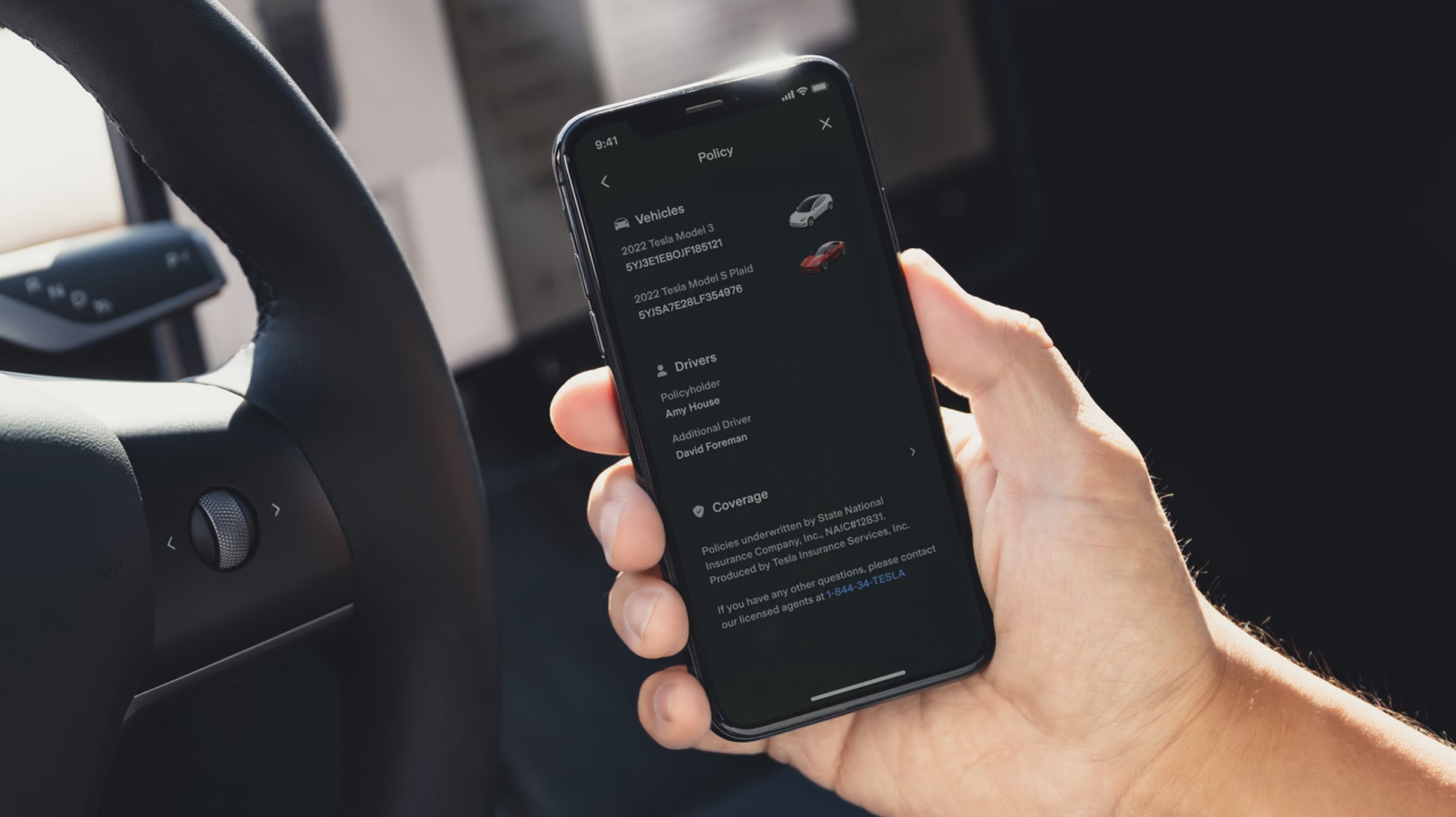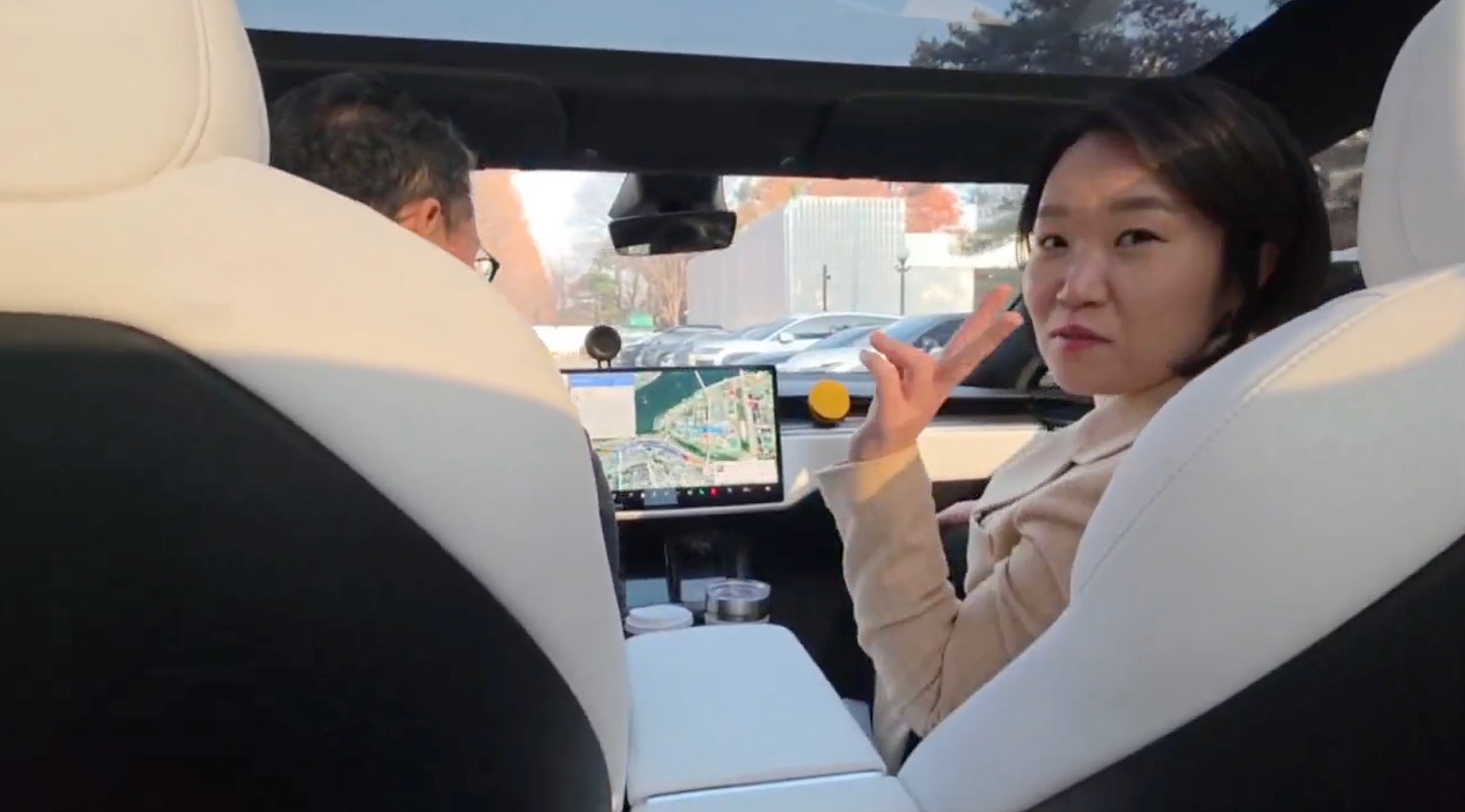News
Bill Gates follows Musk into cleantech with $1 billion Breakthrough Energy Ventures fund

Bill Gates, Microsoft co-founder, is joining a cleantech fund that will invest in companies developing low-cost, low-carbon technologies. The announcement comes as Tesla, which over the past year and a half has evolved from a premium electric car maker into a multifaceted sustainable energy company, is at the pinnacle of cleantech innovation and investment. In fact, Tesla, has continually modeled how sustainable energy generation, and storage, can both revolutionize global energy consumption and be a profitable business venture.
The Gates fund, called Breakthrough Energy Ventures (BEV), intends to provide reliable and affordable power without contributing to climate change. Their goals are to address emissions in five key areas: electricity, transportation, agriculture, manufacturing, and buildings. “Many people aren’t willing or able to pay a huge premium (for clean energy), beyond what they pay for hydrocarbon energy,” Gates stated. “The way you get to success is to get lower carbon energy at a lower cost.”
Gates added that he and other investors, who include Amazon.com chief executive Jeff Bezos, LinkedIn chairman Reid Hoffman, Alibaba chairman Jack Ma, and retired hedge fund manager John Arnold, hope to convince the Trump administration to maintain or increase government funding for energy research and development. “It’s a fantastic investment, even if you don’t look at the climate change piece of this.”
Tesla’s CEO, Elon Musk, on the other hand, has never dismissed the importance of accelerating the advent of sustainable energy as integral to continued healthy life on the planet. He understands that runaway global warming is an existential threat to Earth-based human civilization. He acknowledges readily that “virtually all scientists agree that dramatically increasing atmospheric and oceanic carbon levels is insane” and has been a vocal proponent of the intersection of technology, alternative energy investments, and worker training for a stable energy future with the incoming Trump administration.
With the launch of Tesla’s battery business and the recent acquisition of the SolarCity, the nation’s leading rooftop solar installer, Tesla is already immersed in most of the capital ventures that Gates’ BEV group is targeting. Musk has led a renewable energy enterprise network of companies, so that solar roofs are seamlessly integrated with battery storage systems. In essence, Tesla’s multiple energy interfaces have the capacity to turn individuals into their own utilities, decentralizing energy conglomerates while reducing carbon emissions from the atmosphere.
The Gates’ BEV group acknowledges that moving into the arena of renewable energy is likely fraught with challenges. Concerns particularly surround investing in early-stage companies against the backdrop in which fund investors expect to make a profit. “Some of these investments will result in ideas that move forward and some won’t; developing some may even make work on others unnecessary,” they outline. “The Breakthrough Energy Coalition believes, though, that all of them are avenues worth investigating to get the world to a zero-emissions future. Nobody knows yet what the energy mix of tomorrow is, so investors need to explore all possible paths.”
The lure of opportunities in the U.S. $6 trillion global energy market drives the BEV group forward, hoping their U.S. $1 billion cleantech fund will circumvent the tenuous nature of technology startups. Tech startups have highest rate of failure among all industries mainly due to number of uncertainties that come with launching a new yet unproven company.
Meanwhile, Tesla, with its years of R&D, is moving ahead with plans for an expanded vehicle product line that includes heavy-duty trucks and large passenger transport vehicles. Musk wants to expand Tesla’s line to “cover the major forms of terrestrial transport,” which are, in short, trucks, busses, and a ride-sharing system based on full self-driving capabilities.
If you’re interested in seeing how the BEV group’s vision compares to Tesla’s, download their mission statement here.

News
Tesla dominates in the UK with Model Y and Model 3 leading the way

Tesla is dominating in the United Kingdom so far through 2025, and with about two weeks left in the year, the Model Y and Model 3 are leading the way.
The Model Y and Model 3 are the two best-selling electric vehicles in the United Kingdom, which is comprised of England, Scotland, Wales, and Northern Ireland, and it’s not particularly close.
According to data gathered by EU-EVs, the Model Y is sitting at 18,890 units for the year, while the Model 3 is slightly behind with 16,361 sales for the year so far.
The next best-selling EV is the Audi Q4 e-tron at 10,287 units, lagging significantly behind but ahead of other models like the BMW i4 and the Audi Q6 e-tron.
GOOD NEWS 🇬🇧 Tesla is absolutely crushing the UK electric vehicle market in 2025 💥
The numbers are in, and the dominance is clear. With an impressive amount of 42,270 vehicles delivered year-to-date, the brand now commands a solid 9.6% market share of the total auto market 🆒… pic.twitter.com/dkiGX9kzd0
— Ming (@tslaming) December 18, 2025
The Model Y has tasted significant success in the global market, but it has dominated in large markets like Europe and the United States.
For years, it’s been a car that has fit the bill of exactly what consumers need: a perfect combination of luxury, space, and sustainability.
Both vehicles are going to see decreases in sales compared to 2024; the Model Y was the best-selling car last year, but it sold 32,610 units in the UK. Meanwhile, the Model 3 had reached 17,272 units, which will keep it right on par with last year.
Tesla sold 50,090 units in the market last year, and it’s about 8,000 units shy of last year’s pace. It also had a stronger market share last year with 13.2 percent of the sales in the market. With two weeks left in 2025, Tesla has a 9.6 percent market share, leading Volkswagen with 8 percent.
The company likely felt some impact from CEO Elon Musk’s involvement with the Trump administration and, more specifically, his role with DOGE. However, it is worth mentioning that some months saw stronger consumer demand than others. For example, sales were up over 20 percent in February. A 14 percent increase followed this in June.
News
Tesla Insurance officially expands to new U.S. state
Tesla’s in-house Insurance program first launched back in late 2019, offering a new way to insure the vehicles that was potentially less expensive and could alleviate a lot of the issues people had with claims, as the company could assess and repair the damage itself.

Tesla Insurance has officially expanded to a new U.S. state, its thirteenth since its launch in 2019.
Tesla has confirmed that its in-house Insurance program has officially made its way to Florida, just two months after the company filed to update its Private Passenger Auto program in the state. It had tried to offer its insurance program to drivers in the state back in 2022, but its launch did not happen.
Instead, Tesla refiled the paperwork back in mid-October, which essentially was the move toward initiating the offering this month.
BREAKING: Tesla Insurance has just officially launched in Florida.
This is the first new state to receive @Tesla Insurance in more than 3 years. In total, Tesla insurance is now available in 13 U.S. states (map in thread below of all the states).
Tesla Insurance in Florida uses… pic.twitter.com/bDwh1IV6gD
— Sawyer Merritt (@SawyerMerritt) December 17, 2025
Tesla’s in-house Insurance program first launched back in late 2019, offering a new way to insure the vehicles that was potentially less expensive and could alleviate a lot of the issues people had with claims, as the company could assess and repair the damage itself.
It has expanded to new states since 2019, but Florida presents a particularly interesting challenge for Tesla, as the company’s entry into the state is particularly noteworthy given its unique insurance landscape, characterized by high premiums due to frequent natural disasters, dense traffic, and a no-fault system.
Annual average premiums for Florida drivers hover around $4,000 per year, well above the national average. Tesla’s insurance program could disrupt this, especially for EV enthusiasts. The state’s growing EV adoption, fueled by incentives and infrastructure development, aligns perfectly with Tesla’s ecosystem.
Moreover, there are more ways to have cars repaired, and features like comprehensive coverage for battery damage and roadside assistance tailored to EVs address those common painpoints that owners have.
However, there are some challenges that still remain. Florida’s susceptibility to hurricanes raises questions about how Tesla will handle claims during disasters.
Looking ahead, Tesla’s expansion of its insurance program signals the company’s ambition to continue vertically integrating its services, including coverage of its vehicles. Reducing dependency on third-party insurers only makes things simpler for the company’s automotive division, as well as for its customers.
News
Tesla Full Self-Driving gets sparkling review from South Korean politician
“Having already ridden in an unmanned robotaxi, the novelty wasn’t as strong for me, but it drives just as well as most people do. It already feels like a completed technology, which gives me a lot to think about.”

Tesla Full Self-Driving got its first sparkling review from South Korean politician Lee So-young, a member of the country’s National Assembly, earlier this week.
Lee is a member of the Strategy and Finance Committee in South Korea and is a proponent of sustainable technologies and their applications in both residential and commercial settings. For the first time, Lee was able to utilize Tesla’s Full Self-Driving technology as it launched in the country in late November.
Her thoughts on the suite were complimentary to the suite, stating that “it drives just as well as most people do,” and that “it already feels like a completed technology.”
드디어 오늘, 서울에서 테슬라 FSD 체험 했습니다.
JiDal Papa님의 모델S 협찬에 힘입어^^ 파파님 정말 감사합니다.
국회 -> 망원시장 -> 홍익대 -> 국회 복귀 코스였고요.
이미 무인 로보택시를 타봐서 그런지 신기함은
덜했지만, 웬만한 사람만큼 운전을 잘하네요.이미 완성된 기술이라고… pic.twitter.com/8pAidHBpRG
— 이소영 국회의원 (Soyoung Lee) (@im_soyounglee) December 17, 2025
Her translated post says:
“Finally, today I got to experience Tesla FSD in Seoul. Thanks to the Model S sponsored by JiDal Papa^^, I’m truly grateful to Papa. The route was from the National Assembly -> Mangwon Market -> Hongik University -> back to the National Assembly. Having already ridden in an unmanned robotaxi, the novelty wasn’t as strong for me, but it drives just as well as most people do. It already feels like a completed technology, which gives me a lot to think about. Once it actually spreads into widespread use, I feel like our daily lives are going to change a lot. Even I, with my license gathering dust in a drawer, don’t see much reason to learn to drive a manual anymore.”
Tesla Full Self-Driving officially landed in South Korea in late November, with the initial launch being one of Tesla’s most recent, v14.1.4.
It marked the seventh country in which Tesla was able to enable the driver assistance suite, following the United States, Puerto Rico, Canada, China, Mexico, Australia, and New Zealand.
It is important to see politicians and figures in power try new technologies, especially ones that are widely popular in other regions of the world and could potentially revolutionize how people travel globally.








